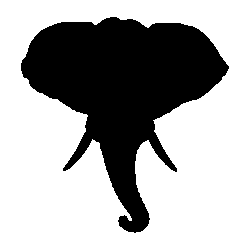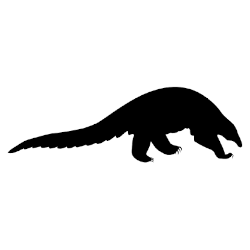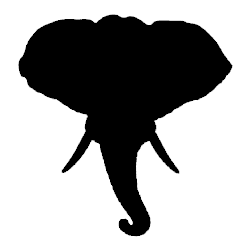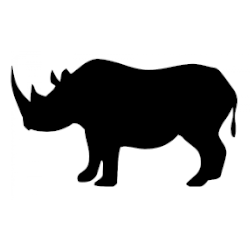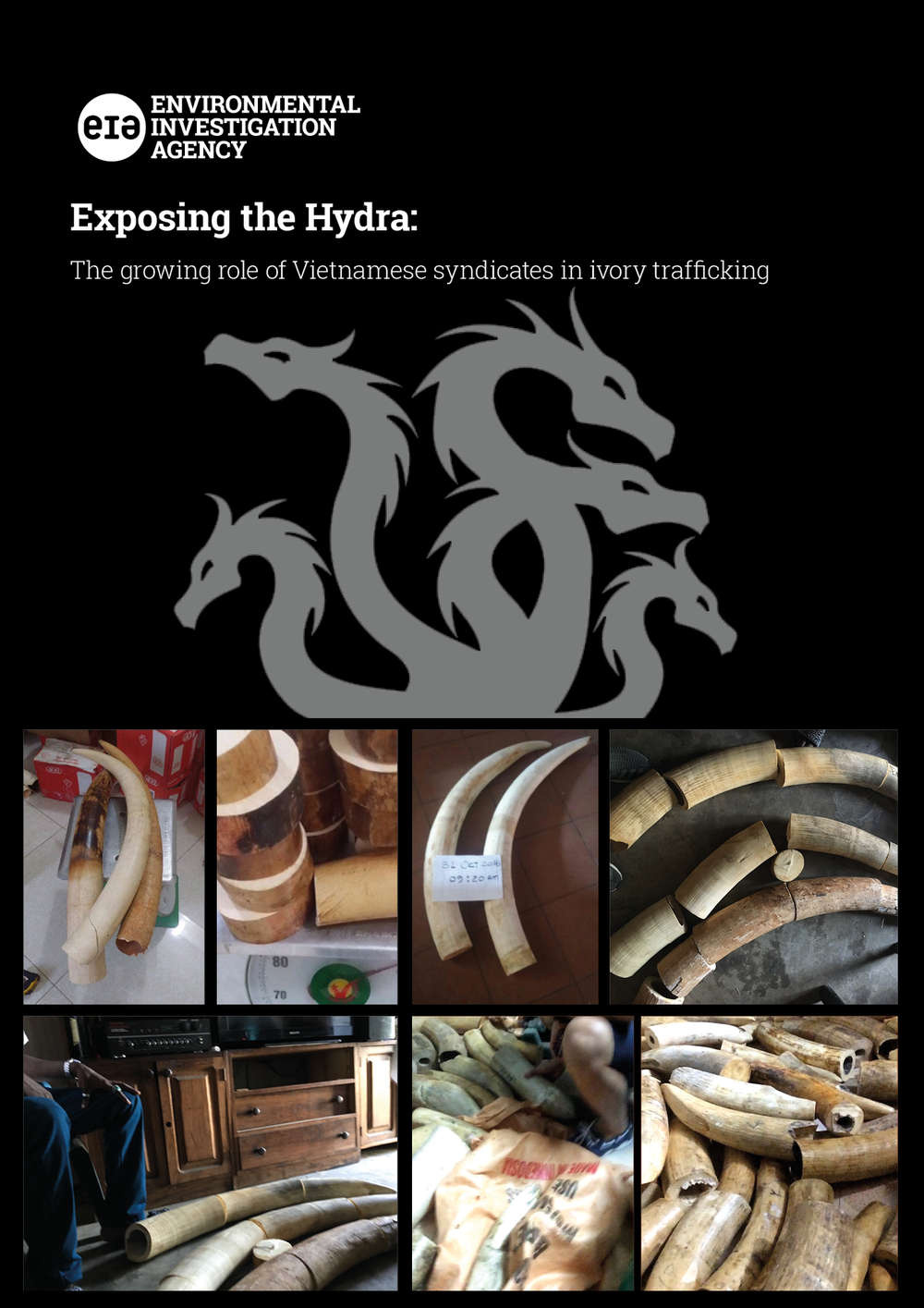Summary
Despite multiple exposés, Vietnam remains a major hub for the illegal wildlife trade.
Failure to take any meaningful action against identified networks and individuals has led to the present situation where international Vietnamese syndicates are operating with impunity across Africa and into Vietnam and its neighbouring countries. Illegal ivory, rhino horn and pangolins are entering Vietnam at alarming rates, accelerating further declines in already-besieged populations of elephants, rhinos and pangolins.
Vietnam continues to promise to tackle illegal wildlife trafficking but has yet to deliver on its commitments/promises.
But this does not need to be a lost cause. Better enforcement is already making a big difference in illegal trade hotspots such as Tanzania and China. Now it’s time for Vietnam to step up and take bold action.
Summary
Despite multiple exposés, Vietnam remains a major hub for the illegal wildlife trade.
Failure to take any meaningful action against identified networks and individuals has led to the present situation where international Vietnamese syndicates are operating with impunity across Africa and into Vietnam and its neighbouring countries. Illegal ivory, rhino horn and pangolins are entering Vietnam at alarming rates, accelerating further declines in already-besieged populations of elephants, rhinos and pangolins.
Vietnam continues to promise to tackle illegal wildlife trafficking but has yet to deliver on its commitments/promises.
But this does not need to be a lost cause. Better enforcement is already making a big difference in illegal trade hotspots such as Tanzania and China. Now it’s time for Vietnam to step up and take bold action.
Key players
[ click / tap images for more information ]
Key players
[ click / tap images for more information ]
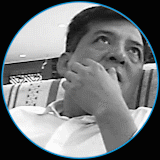
PHAN CHI
Tier 1 : Syndicate Head
Oversees the group, recruits transporters and soldiers, builds connections with corrupt officials and makes high profits. Said to be about a dozen separate syndicates operating between Africa and Asia.
EIA target: Phan Chi

TEO BOON CHING

LE THI THANH HAI

NGUYEN CONG THO
Tier 2 : Specialist transporters
Able to move consignments across borders to end markets, close connections to corrupt officers and also engaged in direct trade in wildlife.
EIA targets: Teo Boon Ching, Le Thi Thanh Hai and Nguyen Cong Tho

NGUYEN TIEN SON

NGUYEN THANH TRUNG
Tier 3 : Independent operators
Not linked to a single syndicate, able to source ivory and other wildlife from Africa and sell in Asia.
EIA targets: Nguyen Tien Son and Nguyen Thanh Trung

DUONG VAN DANG
Tier 4 : Workers
Employed by syndicates to work in source countries to collate, pack and dispatch ivory shipments, also known as ‘soldiers’ or BLs (abbreviation of “buôn lậu”, Vietnamese for smuggler). Also includes ‘pilots’, recruited by syndicates to bring back contraband wildlife, especially rhino horn, as passengers on international flights.
EIA target: Duong Van Dang
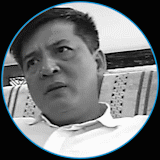
PHAN CHI
Tier 1 : Syndicate Head
Oversees the group, recruits transporters and soldiers, builds connections with corrupt officials and makes high profits. Said to be about a dozen separate syndicates operating between Africa and Asia.
EIA target: Phan Chi

TEO BOON CHING

LE THI THANH HAI
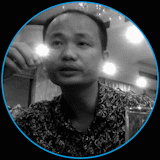
NGUYEN CONG THO
Tier 2 : Specialist transporters
Able to move consignments across borders to end markets, close connections to corrupt officers and also engaged in direct trade in wildlife.
EIA targets: Teo Boon Ching, Le Thi Thanh Hai and Nguyen Cong Tho

NGUYEN TIEN SON

NGUYEN THANH TRUNG
Tier 3 : Independent operators
Not linked to a single syndicate, able to source ivory and other wildlife from Africa and sell in Asia.
EIA targets: Nguyen Tien Son and Nguyen Thanh Trung

DUONG VAN DANG
Tier 4 : Workers
Employed by syndicates to work in source countries to collate, pack and dispatch ivory shipments, also known as ‘soldiers’ or BLs (abbreviation of “buôn lậu”, Vietnamese for smuggler). Also includes ‘pilots’, recruited by syndicates to bring back contraband wildlife, especially rhino horn, as passengers on international flights.
EIA target: Duong Van Dang
Introduction
In April 2016, we began a two-year investigation into Vietnamese-led syndicates trafficking ivory and other illegal wildlife from Africa to Asia. Posing as wildlife traders, our investigators sought to infiltrate the different layers of ivory trafficking syndicates, from lowly packers to well-connected transporters and syndicate bosses. The aim was to build up an understanding of the methods used and the scale of operations.
Through a series of meetings in Mozambique, Vietnam and Malaysia, we gained unique insights into the structure of Vietnamese ivory smuggling groups, the different functions within the groups, major trafficking routes and concealment methods, prices for ivory at different stages in the supply chain and links to other forms of wildlife crime.
Detailed activity of the ivory traffickers encountered by EIA are set out in this report. Key modus operandi include:
- Structure: The Vietnamese-led wildlife crime syndicates active in Africa conform to a loose hierarchical structure of roles and responsibilities
- Poaching and collection: The Vietnamese syndicates are involved at the lower level with soldiers despatched to important hubs such as Maputo for months at a time to gather and pack ivory for shipment
- Concealment: Vietnamese syndicates use sophisticated concealment methods for ivory shipped in containers; hollowed-out logs, stacks of sawn timber and the use of fake stones are notable examples
- Diversification: Most of the Vietnamese syndicates trade in a variety of contraband wildlife and often despatch mixed cargoes including ivory, rhino horn and pangolins
- Trafficking routes: Syndicates use specialist transporters to send illegal wildlife to Vietnam and switch routes to avoid detection following major seizures
- Corruption: Most of the higher-level members of the Vietnamese syndicates boasted that their connections with corrupt officials facilitate the passage of their ivory shipments
- Sales: Ivory smuggled into Vietnam is mainly bought by Chinese nationals, who purchase simply processed items such as jewellery and larger sections of raw tusks.
Introduction
In April 2016, we began a two-year investigation into Vietnamese-led syndicates trafficking ivory and other illegal wildlife from Africa to Asia. Posing as wildlife traders, our investigators sought to infiltrate the different layers of ivory trafficking syndicates, from lowly packers to well-connected transporters and syndicate bosses. The aim was to build up an understanding of the methods used and the scale of operations.
Through a series of meetings in Mozambique, Vietnam and Malaysia, we gained unique insights into the structure of Vietnamese ivory smuggling groups, the different functions within the groups, major trafficking routes and concealment methods, prices for ivory at different stages in the supply chain and links to other forms of wildlife crime.
Detailed activity of the ivory traffickers encountered by EIA are set out in this report. Key modus operandi include:
- Structure: The Vietnamese-led wildlife crime syndicates active in Africa conform to a loose hierarchical structure of roles and responsibilities
- Poaching and collection: The Vietnamese syndicates are involved at the lower level with soldiers despatched to important hubs such as Maputo for months at a time to gather and pack ivory for shipment
- Concealment: Vietnamese syndicates use sophisticated concealment methods for ivory shipped in containers; hollowed-out logs, stacks of sawn timber and the use of fake stones are notable examples
- Diversification: Most of the Vietnamese syndicates trade in a variety of contraband wildlife and often despatch mixed cargoes including ivory, rhino horn and pangolins
- Trafficking routes: Syndicates use specialist transporters to send illegal wildlife to Vietnam and switch routes to avoid detection following major seizures
- Corruption: Most of the higher-level members of the Vietnamese syndicates boasted that their connections with corrupt officials facilitate the passage of their ivory shipments
- Sales: Ivory smuggled into Vietnam is mainly bought by Chinese nationals, who purchase simply processed items such as jewellery and larger sections of raw tusks.
Vietnam’s recent major ivory seizures or exposés
Vietnam’s recent major ivory seizures or exposés
Routes used
EIA has identified a number of major routes in use by the Vietnamese syndicates to traffic ivory from African countries through Malaysia and Laos before reaching Vietnam for sale in-country or for onward transportation into China. These criminals make use of sea, air and land routes.
Routes used
EIA has identified a number of major routes in use by the Vietnamese syndicates to traffic ivory from African countries through Malaysia and Laos before reaching Vietnam for sale in-country or for onward transportation into China. These criminals make use of sea, air and land routes.

Routes used
The economics
The Vietnamese syndicates highlighted in this report operate an illicit chain of supply.
Ivory is sourced, either in person or via intermediaries, in different African elephant range countries such as Malawi or Mozambique, at different prices depending on the size of the ivory tusks/ pieces. Depending on their role, the syndicates will then use their connections to different customs authorities or clearing agents to facilitate the passage of the illicit ivory across border points by air, sea or by road. Once the illicit ivory consignments arrive in Vietnam, the syndicates will sell the ivory at wholesale prices to buyers. Below is a break down of this chain of supply and associated ‘rates’ offered by syndicate members for their specialist ‘services’.
Syndicate service costs





The economics
The Vietnamese syndicates highlighted in this report operate an illicit chain of supply.
Ivory is sourced, either in person or via intermediaries, in different African elephant range countries such as Malawi or Mozambique, at different prices depending on the size of the ivory tusks/ pieces. Depending on their role, the syndicates will then use their connections to different customs authorities or clearing agents to facilitate the passage of the illicit ivory across border points by air, sea or by road. Once the illicit ivory consignments arrive in Vietnam, the syndicates will sell the ivory at wholesale prices to buyers. Below is a break down of this chain of supply and associated ‘rates’ offered by syndicate members for their specialist ‘services’.
Syndicate service costs
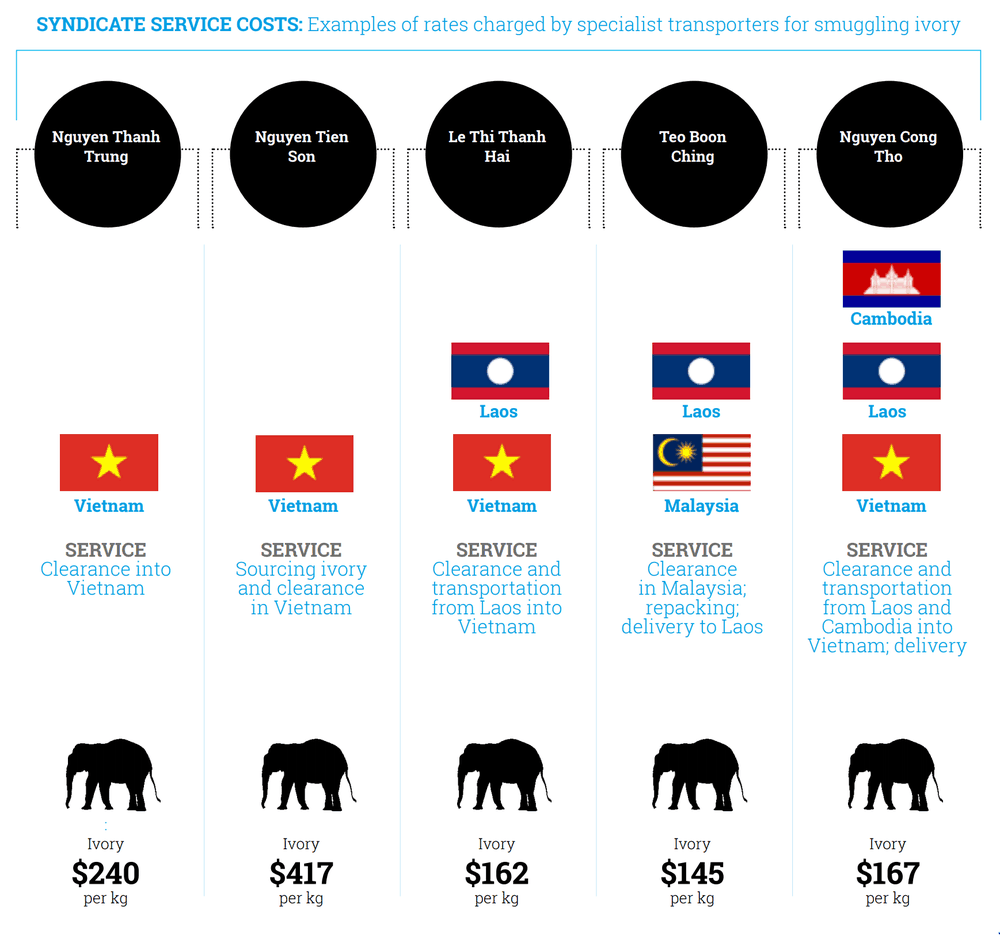
Details
The art of concealment
Sophisticated methods of concealment and specialist transporters are used to traffic contraband along multiple routes to avoid detection. Some of these include:
Pangolin
Concealed with
Fish, Motorbike accessories, Plastics / Plastic scraps
Elephant
Concealed with
Agricultural products, Art objects, Bean/Soy bean/Peanut/Green bean, red bean, Buffalo and cow horn, Drilling machine parts, Fertiliser, Metal, Plastics / Plastic scraps, Soil samples, Stone, Quartz, Timber
Rhino
Concealed with
Art objects, Wooden statues
The art of concealment
Sophisticated methods of concealment and specialist transporters are used to traffic contraband along multiple routes to avoid detection. Some of these include:
[ mouseover / tap images for more information ]
Pangolin
Concealed with
Fish, Motorbike accessories, Plastics / Plastic scraps
Elephant
Concealed with
Agricultural products, Art objects, Bean/Soy bean/Peanut/Green bean, red bean, Buffalo and cow horn, Drilling machine parts, Fertiliser, Metal, Plastics / Plastic scraps, Soil samples, Stone, Quartz, Timber
Rhino
Concealed with
Art objects, Wooden statues
Recommendations
EIA urges Vietnam, Mozambique, South Africa, Laos, Malaysia and Cambodia to strengthen international co-operation and conduct a thorough investigation into the information presented in this report, which has also previously been provided in confidential briefing documents to enforcement authorities.
For Vietnam
Recommendations
EIA urges Vietnam, Mozambique, South Africa, Laos, Malaysia and Cambodia to strengthen international co-operation and conduct a thorough investigation into the information presented in this report, which has also previously been provided in confidential briefing documents to enforcement authorities.
For Vietnam
Investigate and prosecute offenders involved in the corruption that enables wildlife trafficking in Vietnam, including at key entry and exit points for ivory such as airports, ports and land crossings
Investigate the disappearance or leakage into trade of seized ivory held by Government authorities and prosecute corrupt players involved
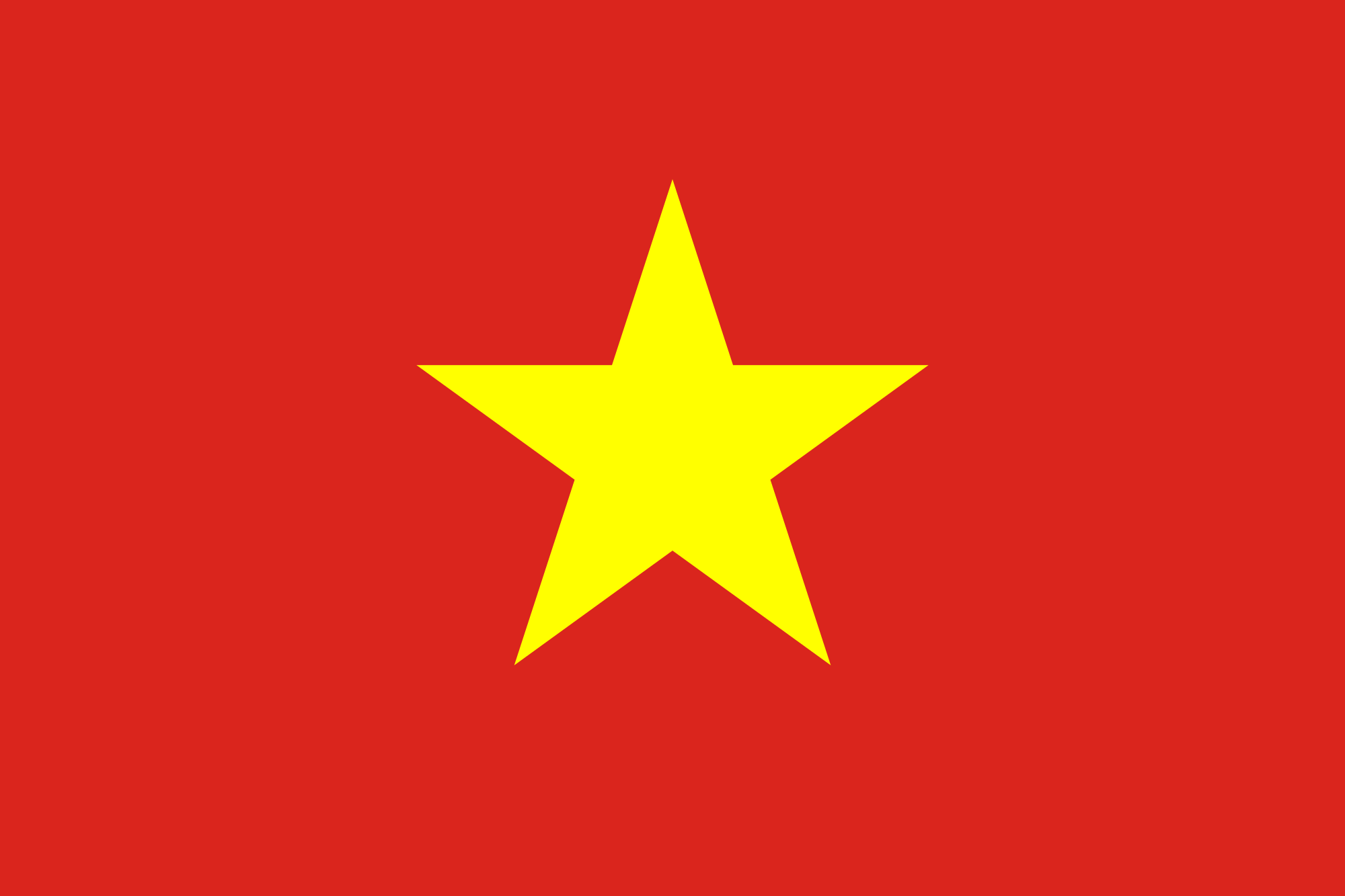
Ensure effective inter-agency cooperation and intelligence-led enforcement to disrupt and convict organised ivory trafficking networks
Improve international cooperation (for example, through extradition, evidence sharing and use of controlled deliveries) with relevant source, transit and destination countries such as Angola, China, Laos, Malaysia and Mozambique
Increase capacity to investigate illegal ivory and other wildlife trade through online/social media channels, including WeChat, Zalo and Facebook
- Investigate and prosecute offenders involved in the corruption that enables wildlife trafficking in Vietnam, including at key entry and exit points for ivory such as airports, ports and land crossings
- Investigate the disappearance or leakage into trade of seized ivory held by Government authorities and prosecute corrupt players involved

- Ensure effective inter-agency cooperation and intelligence-led enforcement to disrupt and convict organised ivory trafficking networks
- Improve international cooperation (for example, through extradition, evidence sharing and use of controlled deliveries) with relevant source, transit and destination countries such as Angola, China, Laos, Malaysia and Mozambique
- Increase capacity to investigate illegal ivory and other wildlife trade through online/social media channels, including WeChat, Zalo and Facebook
For South Africa and Mozambique
For South Africa and Mozambique
Conduct a thorough investigation of offences resulting in prosecution under a range of laws, including immigration and customs laws, in relation to Vietnamese criminal syndicates implicated in wildlife trafficking
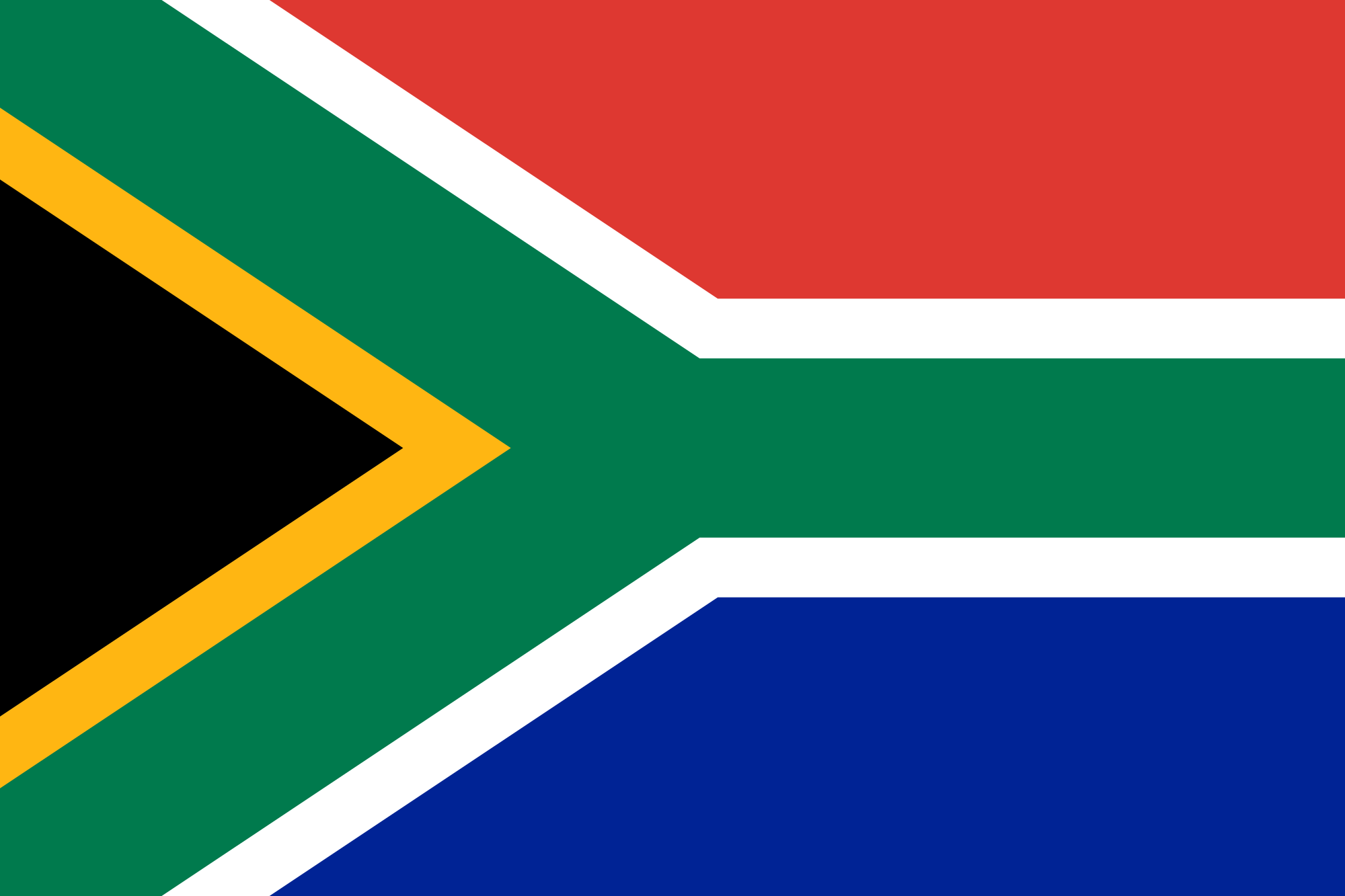

Collaborate with the private sector (freight forwarding companies, airlines and courier companies) to ensure that effective systems are being deployed to detect and stop ivory and rhino horn trafficking
- Conduct a thorough investigation of offences resulting in prosecution under a range of laws, including immigration and customs laws, in relation to Vietnamese criminal syndicates implicated in wildlife trafficking


- Collaborate with the private sector (freight forwarding companies, airlines and courier companies) to ensure that effective systems are being deployed to detect and stop ivory and rhino horn trafficking
For all relevant countries
- Increase detection of ivory and other wildlife smuggling at key entry and exit points highlighted on page 10-11 of the full report
- To eliminate the high profits associated with wildlife trafficking, conduct financial investigations resulting in the seizure of assets and proceeds of crime (for example cash, property, and vehicles)
- Increase awareness amongst key stakeholders such as customs authorities, airlines, and shipping companies regarding the modus operandi of wildlife trafficking syndicates
For all relevant countries
- Increase detection of ivory and other wildlife smuggling at key entry and exit points highlighted on page 10-11 of the full report
- To eliminate the high profits associated with wildlife trafficking, conduct financial investigations resulting in the seizure of assets and proceeds of crime (for example cash, property, and vehicles)
- Increase awareness amongst key stakeholders such as customs authorities, airlines, and shipping companies regarding the modus operandi of wildlife trafficking syndicates
Exposing the Hydra
Download the full report, detailing the results of our investigations. This includes references and picture credits.
Bản dịch tiếng Việt có sẵn (Vietnamese translation available) »
Exposing the Hydra
Download the full report, detailing the results of our investigations. This includes references and picture credits.
Bản dịch tiếng Việt có sẵn (Vietnamese translation available) »

